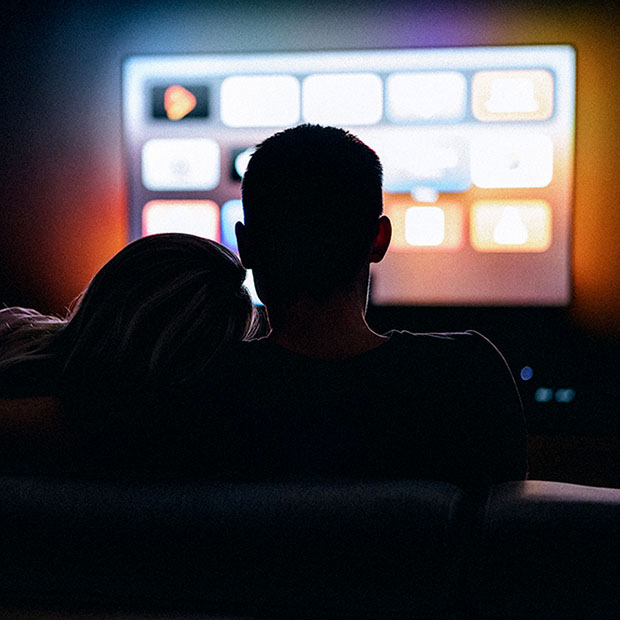How to Combat Digital Eye Strain

How much of your day do you spend looking at a screen?
Whether it’s your work computer, a tablet, or your smartphone, odds are if you’re living in the modern world, you’re probably spending a big chunk of your day with your eyes fixed on a bright screen. Unfortunately, digital eye strain is a common result. It takes less than two hours of daily screentime to create a 90% risk of digital eye strain. No wonder over ten million people see eye doctors about it each year!
Symptoms of Digital Eye Strain
There’s a good chance that many of our parents are dealing with digital eye strain symptoms without realizing it, such as:
- An itching or burning sensation in the eyes
- Either an unusually dry or watery feeling in the eyes
- Blurred or double vision
- Frequent headaches and neck, shoulders, or back soreness
- Increased sensitivity to light
- Trouble concentrating
- Difficulty keeping eyes open
Many of these symptoms can be a drain on productivity, which is a serious problem for anyone who works on their computer. One way to fight back is to reduce screen time, but that isn’t possible for everyone. Fortunately, there are several easy strategies we can follow to keep the strain away.
Optimize Your Workspace for Eye Comfort
Did you know that the angle of your computer screen can make a big difference to your eyes? Maximize eye comfort by keeping the screen at least 20 inches away from your eyes, a little below eye level, and angled slightly upward. Keep reference materials in easy view so that you don’t have to constantly turn your head to look at them.
What Other Light Sources Are You Using?
The screen itself might not be the only issue. Are your eyes dealing with a combination of the screen, overhead lighting, and glare from the windows? See if you can eliminate sources of glare without compromising that comfortable screen-to-eye angle and distance. If you don’t have the ability to rearrange your workspace, a glare filter is a good alternative.
Live by the 20-20-20 Rule
One reason we become so susceptible to eye strain while looking at screens is that we tend not to blink as often as we would otherwise. A great trick to compensate for this is following the 20-20-20 rule. For every 20 minutes of screentime, take a quick 20-second break to focus on an object at least 20 feet away. You can start out with reminders until it becomes a natural habit.
Reduce Strain With Computer Glasses
The same way we use sunglasses to protect our eyes from the sun, we can wear computer glasses that filter out blue light to make those bright screens a little easier on our eyes. This solution might not work for everyone; computer glasses often have a yellow tint, so they probably aren’t the best option for graphic designers.
Ask the Optometrist
The last, best resource you have in your fight against digital eye strain is the optometrist! Don’t keep suffering these symptoms in silence. Come see us and we can discuss the best solutions for your eye strain. We can also make sure the symptoms aren’t coming from a different problem with your vision.